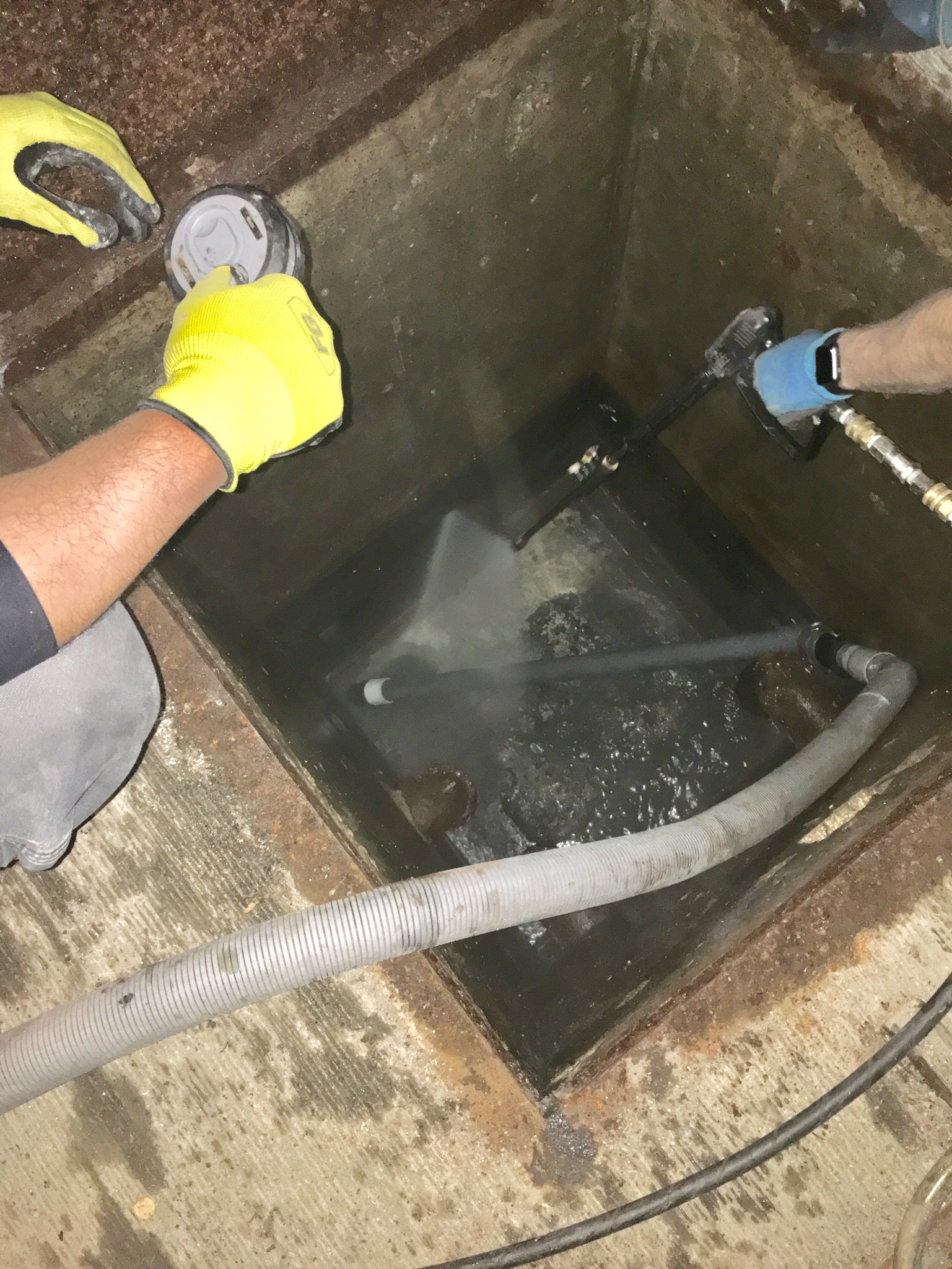What are your beliefs on Cleaning & Maintenance Tips for Your Home's Sump Pump?

Sump pumps are important elements in several homes, especially in areas vulnerable to flooding or extreme wetness. They assist prevent water damages by efficiently getting rid of excess water from cellars or crawl spaces. Nonetheless, like any other device, sump pumps require routine maintenance to guarantee they function successfully when required the most. Cleaning your sump pump is an important part of its upkeep, and understanding just how to do it effectively can conserve you from pricey fixings and possible calamities.
Introduction
Keeping a tidy sump pump is essential for its proper performance and long life. Disregarding this crucial job can lead to obstructions, breakdowns, and ultimately, water damage to your home. For that reason, learning how to clean up a sump pump is important for property owners who count on these gadgets to keep their basements dry and safeguarded.
Signs of a Dirty Sump Pump
Knowing when your sump pump requires cleansing is essential for protecting against prospective breakdowns. Some usual indicators that indicate a dirty sump pump include unusual sounds throughout procedure, lowered water circulation, and noticeable debris in the pit. If you observe any one of these signs and symptoms, it's essential to cleanse your sump pump promptly to prevent any kind of more issues.
Preparing for Cleaning
Before you start cleansing your sump pump, it's vital to take some security preventative measures. Start by turning off the power to the pump to prevent any type of electrical accidents. In addition, use appropriate protective equipment, such as gloves and safety glasses, to secure yourself from dust, debris, and potential virus.
Recognizing the Sump Pump
Before diving into the cleaning process, it's important to have a basic understanding of just how a sump pump works. Generally set up in a pit or container listed below the basement flooring, a sump pump includes several essential components, consisting of a pump, a float switch, and a discharge pipe. When water accumulates in the pit, the float button activates the pump, which then pumps the water out with the discharge pipeline, away from the building's structure.
Step-by-step Overview to Cleansing a Sump Pump
Turning off the Power
Begin by detaching the power supply to the sump pump to avoid any crashes while cleansing.
Looking For Appropriate Functioning
Before reinstalling the pump, execute a fast test to make certain that the float switch activates the pump properly. Pour some water right into the sump pit and observe the pump's operation. If every little thing is working correctly, you can reconstruct the pump and reconnect the power supply.
Removing Particles and Dust
Use a container or an inside story to get rid of any kind of visible particles, dirt, or debris from the sump pit. Dispose of the particles properly to avoid it from obstructing the pump or the discharge pipe.
Cleaning up the Pump and Float Switch Over
When the pit is clear of particles, meticulously eliminate the pump from the pit. Check the pump and the float switch for any signs of damage or wear. Use a soft brush or cloth to cleanse the surface areas and eliminate any type of built up grime.
Purging the System
After cleansing the pump and float switch, purge the sump pit with clean water to remove any kind of staying dirt or debris. This will aid ensure that the pump operates efficiently and successfully.
Upkeep Tips to Keep Your Sump Pump Clean
Along with regular cleaning, there are numerous maintenance pointers you can comply with to maintain your sump pump in optimal condition:
Verdict
Cleansing your sump pump is a critical facet of its upkeep and guarantees that it runs efficiently when you require it the most. By complying with the actions outlined in this guide and incorporating routine maintenance into your routine, you can prolong the life expectancy of your sump pump and safeguard your home from water damages.
How To Inspect And Clean A Sump Pump
There are a few things you may want to look for when inspecting your sump pump. These include:
Leaks: If you notice any leaks around the sump pump, it likely needs to be repaired or replaced. Mud or Water: If there is any mud or water around the sump pump, it’s likely that it’s not working properly and needs to be cleaned. Noises: If you hear any strange noises coming from the sump pump, it may be indicative of a problem. Next, you’ll need to clean the sump pump. If you notice any of these issues, it’s best to clean the sump pump as soon as possible. To do this, you’ll need to remove the pump from its housing. Be sure to have a bucket handy to catch any water that may spill out. Once the pump is removed, use a brush or a spray nozzle to clean off all of the mud and debris. You may also want to check the impeller for damage or wear and tear. If you find any damage, you’ll need to replace the pump.
Once the pump is clean, reattach it to its housing and replace any parts that were removed. Be sure to test the pump before putting everything back in place. Once everything is back in order, put the cover back on the sump pit and refill it with water.
https://elekplumbing.com/blog/how-to-inspect-and-clean-a-sump-pump/

Hopefully you enjoyed reading our article about Keep Your Sump Pump Clean, It'll Keep You Dry. Thank you for finding the time to read our posting. Sharing is nice. Helping people is fun. Many thanks for your time. Please check up our blog back soon.
Browse Website